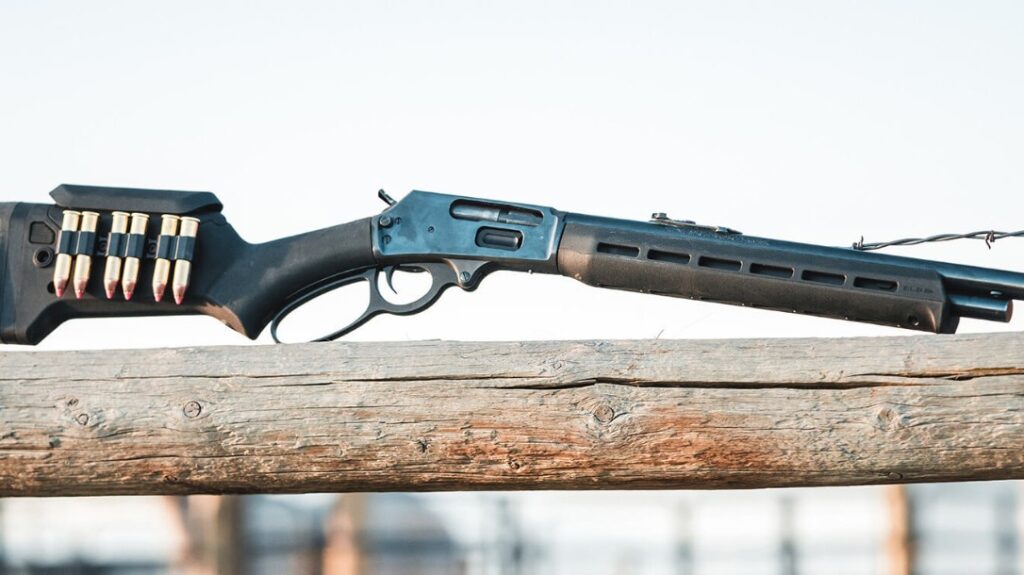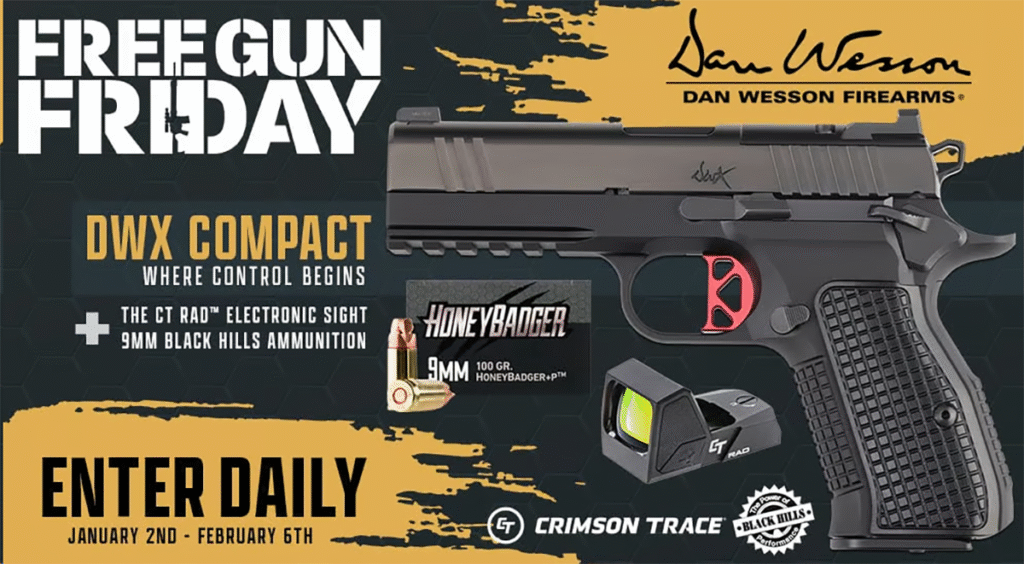What the hell is action steel? It’s honestly not easy to answer. The simple answer is that it’s a competitive shooting event based on time, and it uses steel targets. The problem with defining Action Steel is that it’s not an officially sanctioned sport shooting event. There isn’t a rulebook that defines stages, weapons to be used, or any particular set of standards. It’s a growing and relatively new style of competitive shooting.
As the name implies, the targets are all steel, and it’s shot on the run. Action Steel is the bastard child of USPSA and Steel Challenge. Steel Challenge is a largely stationary sport where shooters engage steel targets at predetermined ranges and in predetermined stage configurations. USPSA is an action shooting sport that involves lots of movement, use of cover, and unique stage designs.
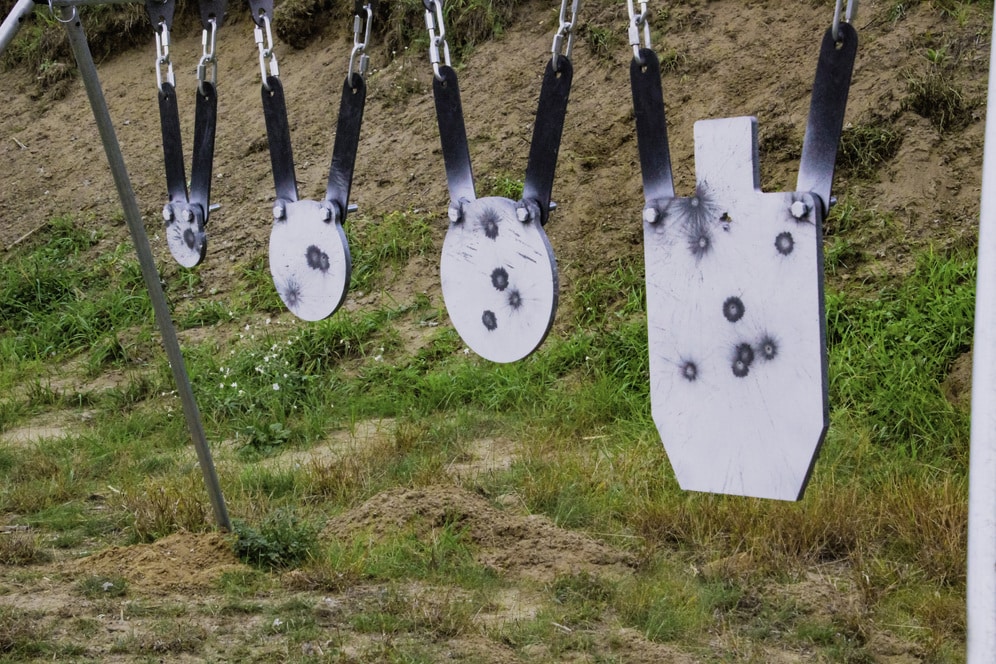
Advertisement — Continue Reading Below
Action Steel works on a speed scoring system, much like Steel Challenge, but has shooter navigating and shooting a wide variety of unique stages. Along the way, there are reloads, multiple positions, and the use of cover at times. There is no governing rulebook that states what type of targets can be used, what courses should look like or any designation of accuracy or shots on target requirement.
While different clubs and organizations can essentially make their own rules due to the design of the matches and requirements, it seems to be all about speed. How fast can you shoot every target while not snagging a procedural penalty? That’s what matters.
My Experience with Action Steel
The Action Steel match I shot with Asymmetric Solutions of North Florida is a great example of how diverse, and interesting the sport can be. The course had you moving and shooting, as well as challenging you with single-arm engagements, multiple positions, movement, and even targets that had to be shot in a specific order.
Advertisement — Continue Reading Below
Ready boxes restricted movement and made it easy to grab a procedural if you failed to think about your movement. Sometimes you had to decide how to move or the right order for you to shoot multiple targets. Some targets required two shots and others one. I even goofed on this in one course of fire, where I fired two rounds on every target when a set of targets only required a single shot. That added to my time.
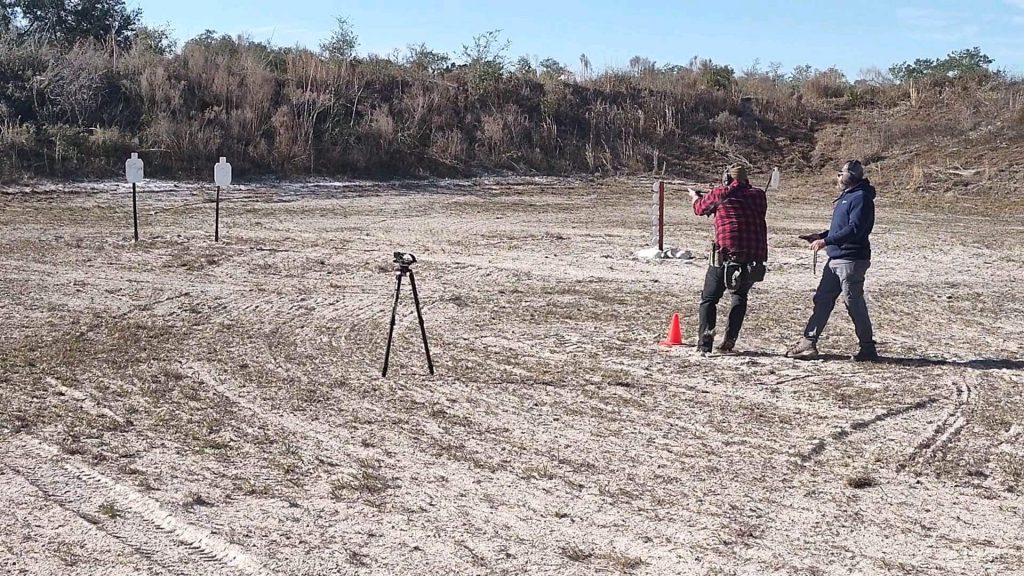
In general, I had a ton of fun. It was challenging, dynamic, and well-hosted. Each of the stages required a diverse set of skills to fire, and each was quite fun. Some were stationary, and some involved movement. Some involved firing from a vehicle. It’s quite a diverse setup.
Advertisement — Continue Reading Below
The Benefits of Action Steel
Action Steel really blends the best features of USPSA and Steel Challenge. Steel Challenge gives you that fun ding with every shot and provides immediate and satisfactory feedback. The problem with Steel Challenge is that it’s a bit boring at times. Only one stage has movement, and the stages never change. It really is an all-gas, no-brakes style match.
USPSA is a more dynamic, moving match with more creativity used in their stage design. It’s a blast. The main problem comes from a slow reset. Pasting paper is never fun and seems to take forever. Also, the ding is a ton of fun to hear with steel, and you don’t get that with USPSA. USPSA, IPSC, and IDPA do have more challenging accuracy requirements, admittedly, and good accuracy matters.
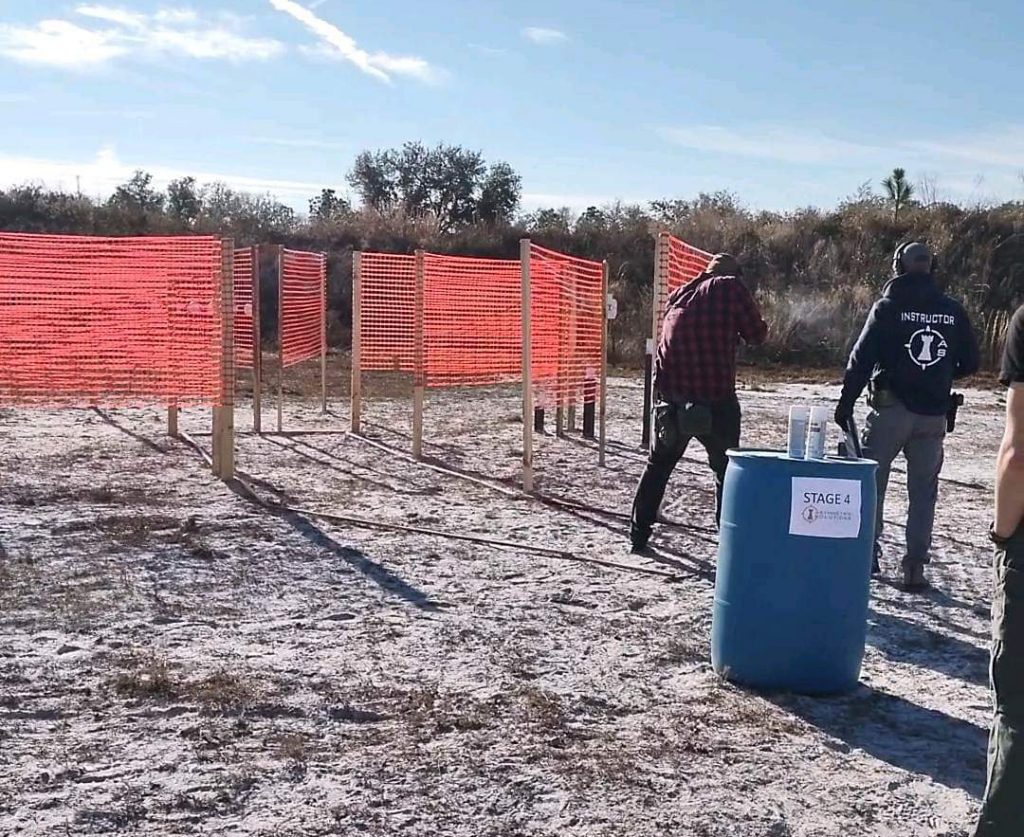
Advertisement — Continue Reading Below
I think Action Steel is perfect for someone like me, a newbie to competition shooting. It’s easy to approach and understand, and it’s fun. It could act as a funnel to other shooting sports, or it could just be a fun offshoot of two shooting sports. If you have a club hosting an Action Steel match, I certainly encourage you to give it a try. It’s an absolute ton of fun.

